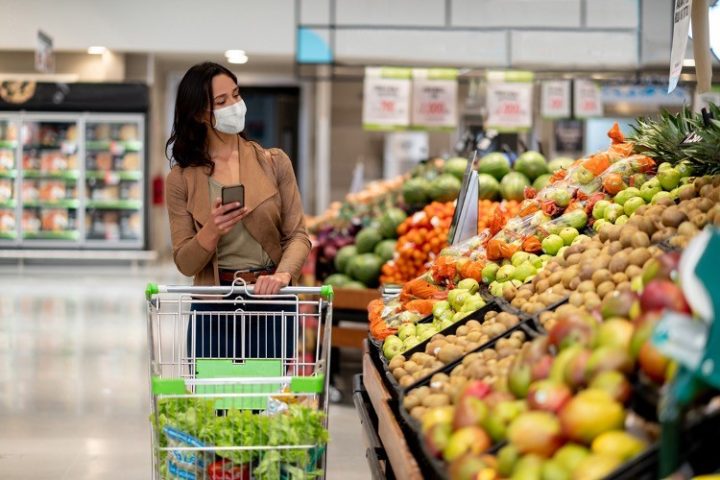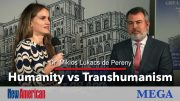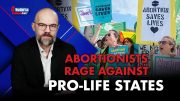
Podcast: Play in new window | Download ()
Subscribe: Android | RSS | More
The Centers for Disease Control and Prevention (CDC) has greatly exaggerated the likelihood of outdoor transmission of COVID-19, the New York Times reported Tuesday.
When the CDC published updated guidelines late last month, director Rochelle Walensky told reporters that “less than 10 percent of documented transmission” of COVID-19 has “occurred outdoors.”
“Saying that less than 10 percent of Covid transmission occurs outdoors is akin to saying that sharks attack fewer than 20,000 swimmers a year. (The actual worldwide number is around 150.) It’s both true and deceiving,” observed the Times’ David Leonhardt.
University of St. Andrews virologist Dr. Muge Cevik told Leonhardt the 10-percent figure “seems to be a huge exaggeration.” The actual portion of COVID-19 transmission that has taken place outdoors “seems to be below 1 percent and may be below 0.1 percent, multiple epidemiologists told me,” wrote Leonhardt.
The CDC’s technically-true-but-misleading guidance has led many people to believe they are at great risk of contracting COVID-19 by taking a walk in the park or going to the supermarket unless they — and everyone else around them — are wearing a mask. In fact, noted Leonhardt, “There is not a single documented Covid infection anywhere in the world from casual outdoor interactions, such as walking past someone on a street or eating at a nearby table.”
Where, then, did the CDC come up with its “less than 10 percent” benchmark? The agency explained its reasoning in a statement to Leonhardt:
There are limited data on outdoor transmission. The data we do have supports the hypothesis that the risk of outdoor transmission is low. 10 percent is a conservative estimate from a recent systematic review of peer-reviewed papers. CDC cannot provide the specific risk level for every activity in every community and errs on the side of protection when it comes to recommending steps to protect health.
Besides bureaucrats’ usual erring on the side of extreme caution (lest they get blamed if they permit something that turns out badly), and the CDC’s general COVID-19 alarmism, it appears the agency relied primarily on studies involving alleged outdoor transmission cases at construction sites in Singapore. “In one study, 95 of 10,926 worldwide instances of transmission are classified as outdoors; all 95 are from Singapore construction sites,” penned Leonhardt. “In another study, four of 103 instances are classified as outdoors; again, all four are from Singapore construction sites.”
However, no one knows whether those cases occurred outdoors or indoors. The data comes from a Singapore government database that doesn’t classify the construction-site cases as either indoor or outdoor. When another Times reporter, Shashank Bengali, looked into the matter, he concluded “that many of the infections may have occurred indoors,” relayed Leonhardt. The buildings at some of the construction sites were well under way before the pandemic began. In a hot country like Singapore, workers would have congregated at shady, indoor spots for meetings and lunches. Some, such as electricians and plumbers, would naturally have worked closely together.
When researchers began examining COVID-19 transmission data, though, many chose an expansive definition of outdoor transmission, classifying any setting as outdoors if it included a combination of indoor and outdoor activity. This may have been done in a good-faith effort to ensure that outdoor activity wasn’t viewed as risk-free, but it also had the effect of artificially inflating the number of outdoor-transmission cases. Leonhardt writes:
And yet even with this approach, they found a minuscule share of total transmission to have occurred outdoors. In the paper with 95 supposedly outdoor cases from Singapore, those cases nonetheless made up less than 1 percent of the total. A study from Ireland, which seems to have been more precise about the definition of outdoors, put the share of such transmission at 0.1 percent. A study of 7,324 cases from China found a single instance of outdoor transmission, involving a conversation between two people.
“I’m sure it’s possible for transmission to occur outdoors in the right circumstances,” Dr. Aaron Richterman of the University of Pennsylvania told me, “but if we had to put a number on it, I would say much less than 1 percent.”
In other words, go enjoy the great outdoors — and pay no attention to that man behind the mask.



